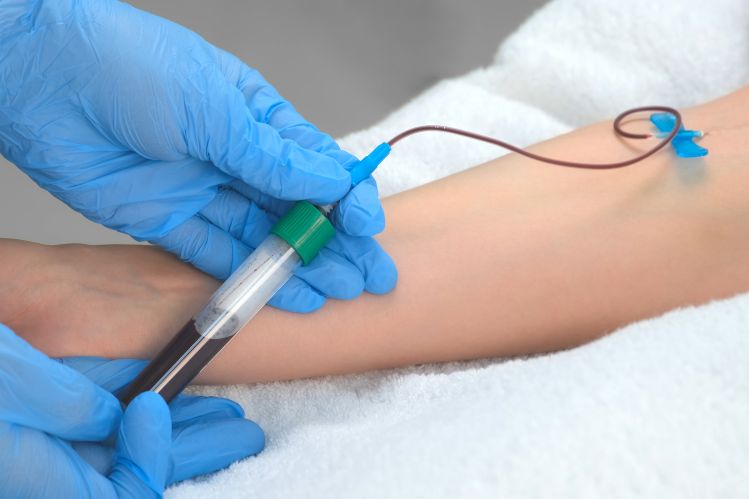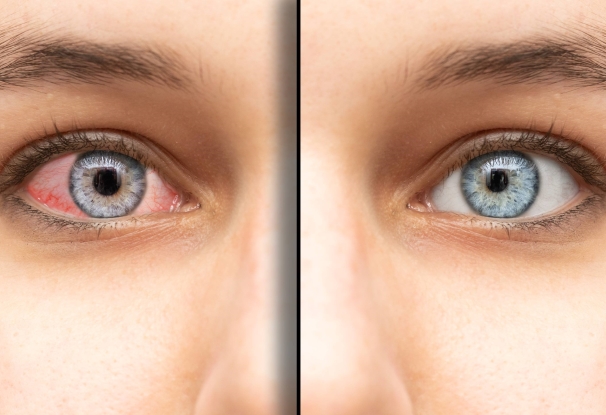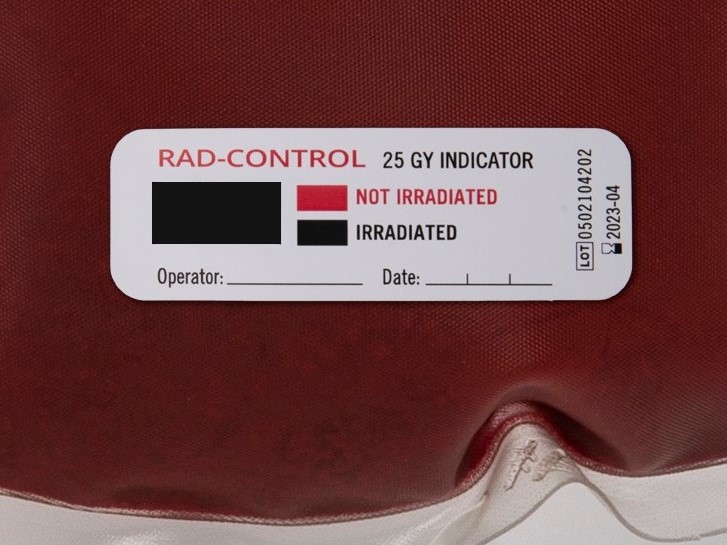Dry eye disease (DED) is a prevalent and often underestimated ocular condition that affects millions of people worldwide. While it might seem like a minor inconvenience, the discomfort associated with dry eyes can significantly impact one’s quality of life and visual health. Find out more about its causes, symptoms, and therapeutic treatment strategies.
“DED is one of the most common
ocular complaints,
especially among older patients”
„
What is dry eye disease?
Dry eye disease, also known as keratoconjunctivitis sicca, occurs when the eyes are unable to maintain a healthy layer of tears to keep the ocular surface lubricated and nourished. Tears play a crucial role in maintaining clear vision, preventing infection, and promoting overall eye health. When the production, composition, or distribution of tears is disrupted, it leads to a “deficient tear production or increased evaporation of tears, associated with ocular surface alteration and inflammation”.1 DED is one of the most common ocular complaints, especially among older patients.1
Who is at risk?
One of the primary risk factors for dry eye disease is age. The College of Optometrists2 states that the worldwide prevalence varies widely and increases with age – at a rate of between 2% and 10.5% per decade. Additionally, hormonal changes, especially in women during pregnancy, menopause, or while using oral contraceptives, can contribute to the development of dry eyes.
Certain medical conditions, such as rheumatoid arthritis, diabetes, and thyroid disorders, are associated with an elevated risk of developing dry eye disease. Moreover, specific medications can also interfere with tear production and contribute to dry eyes.
Factors that aggravate the symptoms are, amongst others:
- vitamin A deficiency
- noxious agents (cooking fumes, tobacco smoke)
- increased evaporation of tears (air conditioning, central heating)
- digital device use (reduced blink interval)
- refractive surgery
- contact lens wear
- conjunctivitis medicamentosa, secondary to long-term topical therapy
Symptoms and diagnosis
Although DED leads to high levels of discomfort and decreased quality of life, it is often underrecognised due to the “frequent lack of correlation between symptoms and exam findings”3. However, recognising the symptoms for dry eye disease is crucial for early diagnosis and effective management. Patients may experience the following symptoms to name a few:
- a foreign body, sandy, gritty or burning sensation
- an itching, tearing, scratchy sensation
- frequent blinking
- redness
- blurring of vision
- heavy eyelids
- eye fatigue
Symptoms may also worsen through exposure to environmental factors such as smoke, wind or heat throughout the day. Often, the symptoms are “bilateral and may not be described as a feeling of dryness.”2 A thorough patient examination should include “evaluation of the face and eyelids, blinking patterns, eyelid margins, eyelashes, conjunctiva, cornea, and tear film.”3 Both evaporative tear loss and inadequate aqueous production, or a combination of these can be decisive for DED.
Current therapeutic strategies
Several treatment options are available to manage dry eye disease, depending on its severity and underlying causes. It is essential to consult with an eye care professional to determine the most suitable approach. Generally, a stepwise approach to therapy is recommended. At an early stage, therapy should start with education, dietary modification, artificial tears, and hygiene improvement. A step 2 therapy may include non-preserved ocular lubricants, overnight treatments, prescription medications, and in-house therapies. If these treatments are inadequate, specific contact lenses, oral medication or autologous or allogenic serum eye drops have also proven to be suitable ways of treating DED. Surgical treatments are last-step options to achieve improvements.
Unfortunately, there is presently no cure for DED: permanent ongoing treatment is needed, and this must be continued even after the symptoms have improved. If you suspect you have dry eye disease, consult with an eye care professional for a thorough examination and personalised treatment plan.
Sources:
1 Victor J. Drew, Ching-Li Tseng, Jerard Seghatchian and Thierry Burnouf; Reflections on Dry Eye Syndrome Treatment: Therapeutic Role of Blood Products, Frontiers in Medicine, February 2018, Volume 5, Article 23
2 https://www.college-optometrists.org/clinical-guidance/clinical-management-guidelines/dryeye_keratoconjunctivitissicca_kcs
3 Alpa S. Patel, M.D., Daniel E. Bustos, MD,MS, Dry Eye Syndrome, American Society of Ophthalmology, EyeWiki, reviewed by Yatinee Y. Bunya, MD,MSCE on May 13, 2022
4 Managing Dry Eye Disease and Facilitating Realistic Patient Expectations: A Review and Appraisal of Current Therapies, Dovepress, Clinical Ophthalmology, 2020:14 119-126
Foto credit: Shutterstuck
Authors: Dr. Harald Sekljic, Dr. Clemens Troschl, Lisa Springer









